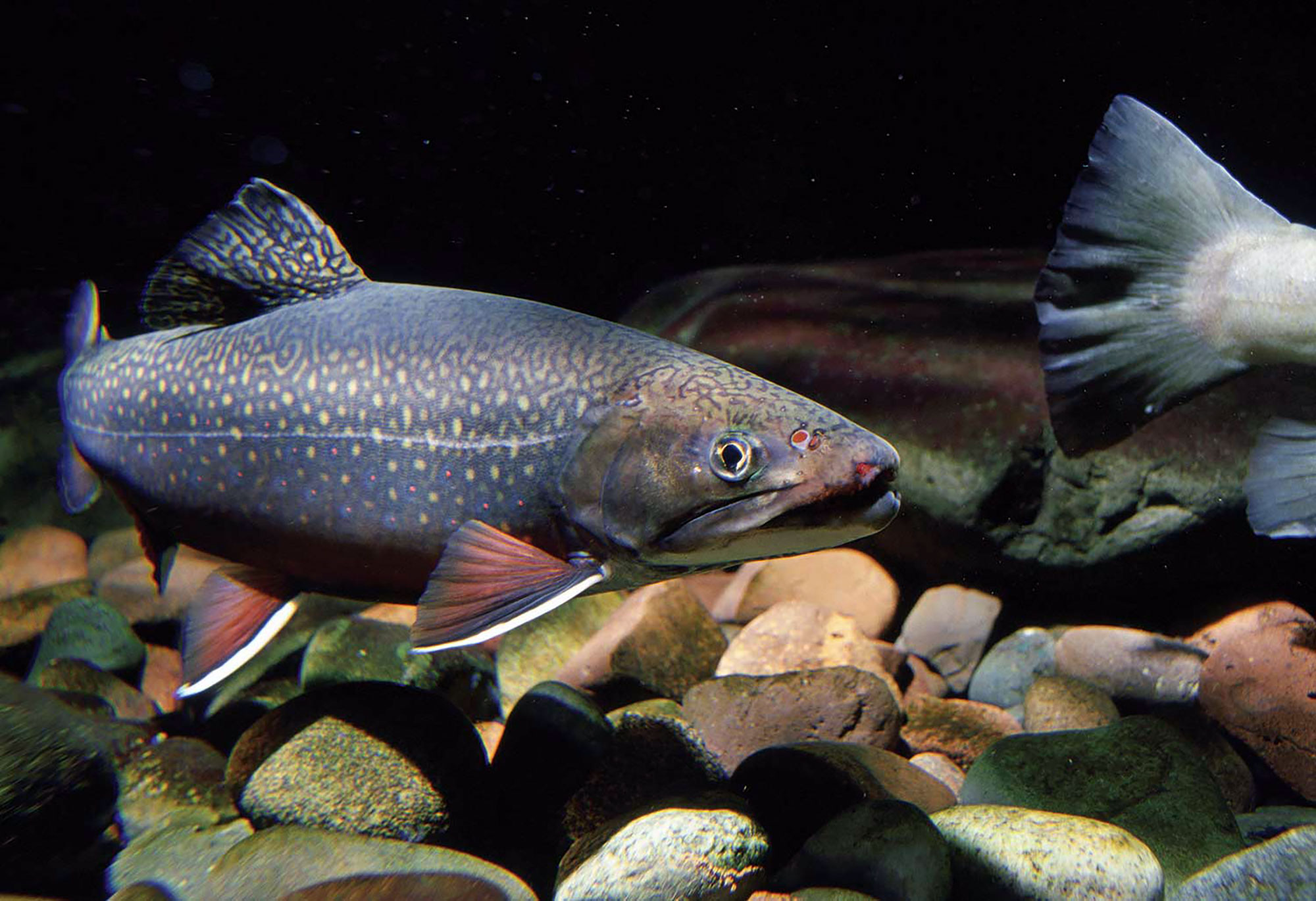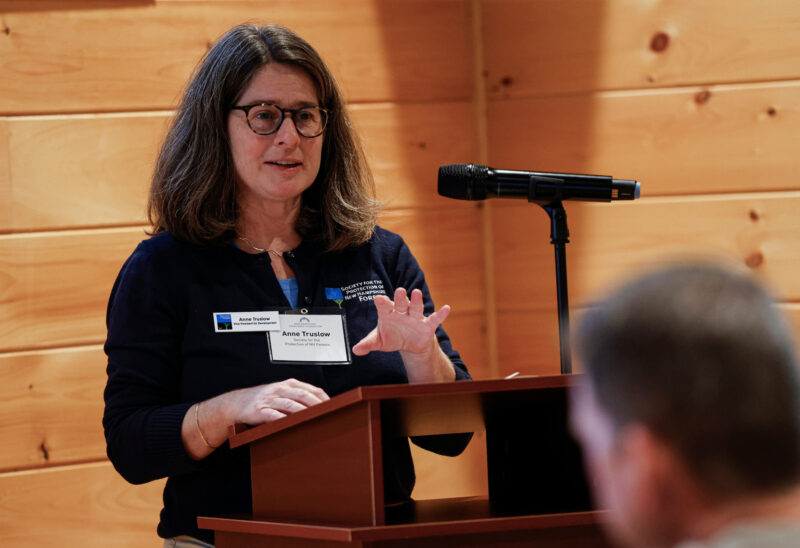Spring means longer days, more sun, and melting snow. Rivers are losing their covering of ice, awakening from the cold and silence of the winter months; anglers will soon don waders and grab fly rods to renew their quest for brook, brown and rainbow trout.
In the Upper Valley, there is now more trout habitat thanks, in part, to grants from the Charitable Foundation’s Upper Connecticut River Mitigation and Enhancement Fund. In the past three years, grants have supported removal of four significant river barriers – three dams that were no longer in use and one undersized culvert – that restored 144 miles of free-flowing stream. With the barriers gone, fish can travel upstream to find food, spawn and seek cooler water in the heat of summer. All of these projects support better trout habitat and migration, improve water quality, create more recreation opportunities, and result in a more resilient river ecosystem.
Two ‘derelict’ dams on the Wells River were removed by the Connecticut River Watershed Council, meaning that trout and other native species can now move freely along a 26-mile reach of river. The Watershed Council helped the town of Haverhill, New Hampshire replace an old culvert with a bridge, reconnecting 20 miles of the Oliverian Brook; and it helped the town of Groton, Vermont remove the Franconia Paper Mill Dam and the Groton #9 Dam.
The White River Partnership led an effort to remove an old dam along the Third Branch of the White River in downtown Randolph, Vermont, restoring nearly 100 miles of stream to free-flowing condition.
More projects are in the works in 2017 and beyond that will continue to improve the health of northern New England waterways. Time to get out there and enjoy the rivers…



















